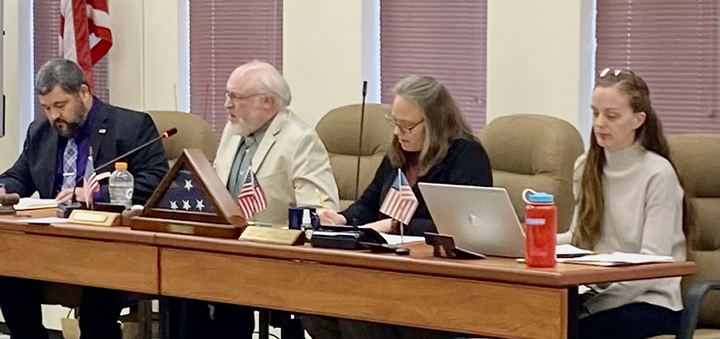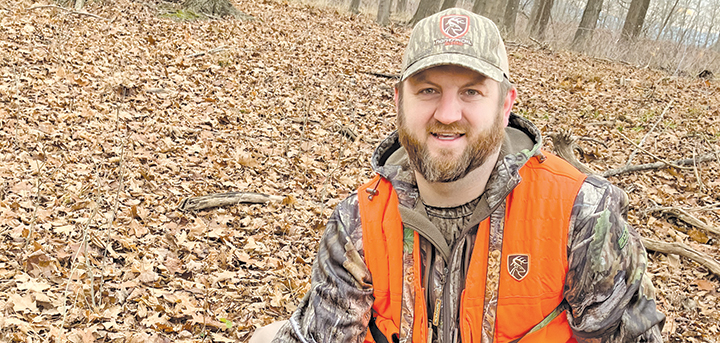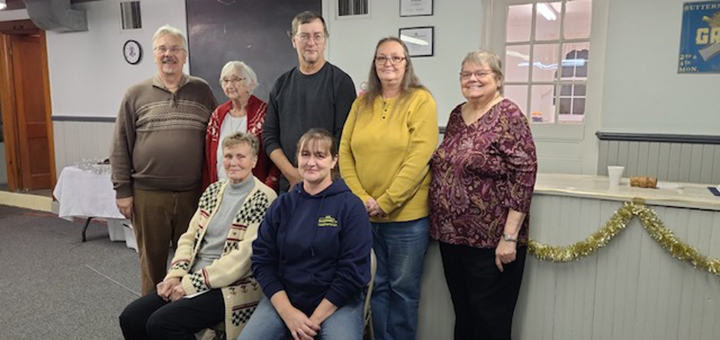Greene Historical Society receives grant to conserve historic map
GREENE – Tucked away on the top floor of Moore Memorial Library, the Greene Historical Society Museum is dedicated to both preserving the town’s history and keeping it alive.
“We really have a treasure trove,” said GHS President Nancy Bromley, of the diversity of artifacts which comprise the small museum’s ever-growing collection.
One of the most recent acquisitions has Bromley and other members of the society excited, both because of its historical significance, and that it has led to the group’s first successful grant application.
The item in question is a map, gifted to the historical society earlier this year by Greene-native Ruth Maxine Filer Thompson.
“She inherited the map from her mother, who was a district school teacher in East Greene, what is now Brisben,” Bromley reported.
The map, hand-drawn in ink and water color on very fine parchment paper stitched to a linen cloth, depicts the subdivision of the northeast portion of the township of Greene south and east of the Chenango River. It is identified by an inscription as copied by Joseph Julliand on July 1, 1823; and is believed to be the town land grant map from which Julliand, a land agent, worked as he sold parcels of the Livingston Tract.









Comments